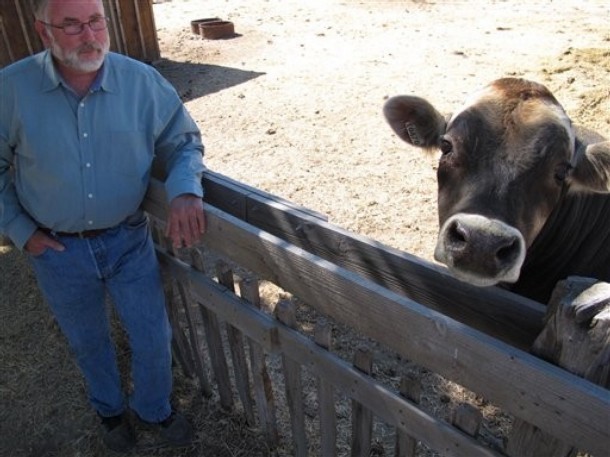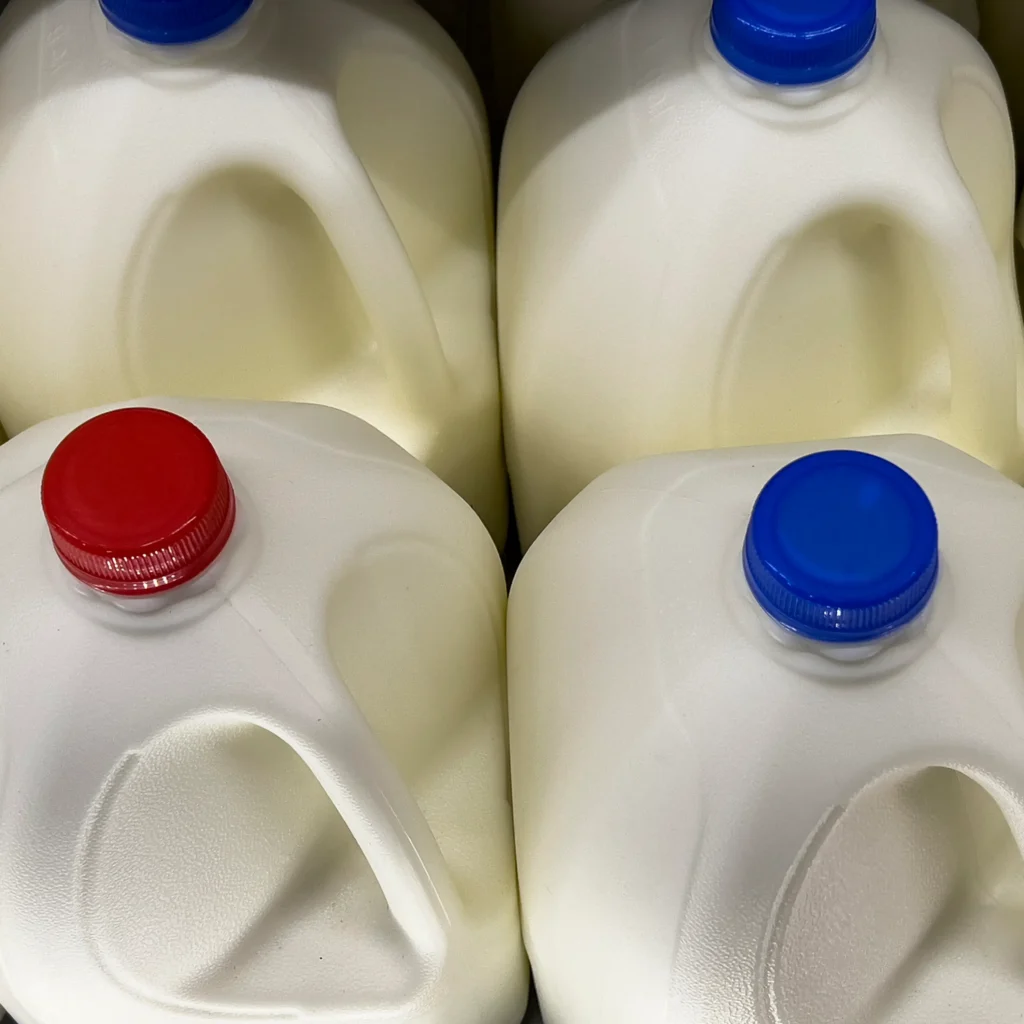In the name of protecting public health, the Food and Drug Administration has stepped up its regulation of unpasteurized or “raw” milk over the last few years, raiding Amish farmers in Pennsylvania and shutting down organic co-ops in Los Angeles at gunpoint.
Things could soon become even worse for producers and consumers of raw milk. On July 3rd, the FDA was granted new powers under the Food Safety Modernization Act (FSMA), which empowers the agency to confiscate food it “believes” has been produced under unsanitary or unsafe conditions. Previously the agency had to have “credible evidence” that food was contaminated before they could detain it.
Although the agency maintains it is protecting public health, its national crackdown hasn’t quashed consumption of the illicit substance. Enthusiasts claim the FDA’s heavy-handed approach has only created more demand for raw milk, which they maintain they have the legal right to consume, and go to great lengths to obtain.
FDA Claims Danger
The FDA claims raw milk is “inherently dangerous and should not be consumed by anyone at any time for any purpose.” The Centers for Disease Control and Prevention (CDC) maintains raw milk caused 1,614 illnesses and two deaths between 1998 and 2008. Retail sales of raw milk are illegal in 40 states, and the FDA has prohibited interstate shipment of the product since 1987. According to the CDC website: “There are no health benefits from drinking raw milk that cannot be obtained from drinking pasteurized milk that is free of disease-causing bacteria.”
Raw milk supporters point to a Mayo Clinic study called the “Milk Cure,” which found drinking four to five cups of raw milk per day significantly improved the conditions of patients with a vast array of digestive diseases and tuberculosis. They claim the process of pasteurization kills beneficial bacteria and enzymes necessary for the absorption of vitamins and minerals.
Pete Kennedy, president of the Farm to Consumer Legal Defense Fund, says the raw milk movement illustrates growing distrust of government in assessing the safety of foodstuffs.
“People are asking less and less that the FDA protect them and more that they just leave them alone,” Kennedy said.
Raids Shut Down Co-ops
A series of aggressive raw milk raids began in September of 2006, when state inspectors swooped in on Organic Pastures Dairy, California’s largest producer of raw milk, after four children became ill with E. coli. They shut down the business for two weeks, recalled and quarantined all of its products, and inspected the operation looking for evidence of contamination. They found none.
In October of that same year, state police pulled Richard Hebron over on a Michigan highway and confiscated thousands of dollars worth of raw milk, raw butter, and raw cream from his truck. Police simultaneously raided his home, confiscating his computer and all of his business records. Hebron was accused of managing a farm co-op in which members of a private buying club purchased “shares” of a cow in order to obtain its raw milk, according to journalist David Gumpert, author of The Raw Milk Revolution.
“I couldn’t understand government’s effort to stamp out small farmers … who were trying to start an enterprise and eke out a living for their families by producing a product people are clamoring for,” Gumpert explained.
Skepticism About FDA
State laws banning raw milk are heavily influenced by the FDA, which has in key positions several former dairy industry personnel, including the FDA’s “milk czar,” John Sheehan, who worked for some of the nation’s largest dairy food organizations, and FDA Deputy Commissioner of Foods Michael Taylor, who worked for a biotech company that engineers bovine growth hormone for dairy cows.
According to Ruth Ann Foster, a raw-milk coordinator in North Carolina, most milk produced today comes from large confinement dairies, where cows are pent up, fed corn, and given hormones and antibiotics.
“The milk from those cows is full of bacteria; it needs to be pasteurized,” Foster said. “We don’t want to touch that stuff with a 10-foot pole.”
In South Carolina, one of only ten states where retail sales of raw milk are legal, dairy farmer Rachel Palacino said she has customers driving for hours to obtain her raw goat’s milk, including customers with children who suffer from asthma and acid reflux.
“He wants three gallons a week,” Palacino said of a particular customer. “He is upset because I can only give him two. There are other people depending on it that have been in my loop longer than he has. It’s like I’m rationing it.”
Palacino said she’s looking to expand her 15-goat operation because “demand is increasing.”
Policy Lightning Rod
In May, Congressman Ron Paul (R-TX) introduced legislation to reverse the FDA’s ban on interstate shipment of raw milk. This would allow consumers in states that don’t allow raw milk sales to purchase milk from states that do.
Paul has introduced similar legislation several times over the last two decades—and according to a spokesman, he is hoping the recent raids will help increase support for the bill.
Some raw-milk supporters fear the FDA’s new power under the FSMA will lead to more raids. Others encourage the agency to “bring it on.”
“The more the government cracks down on us, the more the public wonders why,” Foster said. “We’re drinking it, and we’re thriving.”





